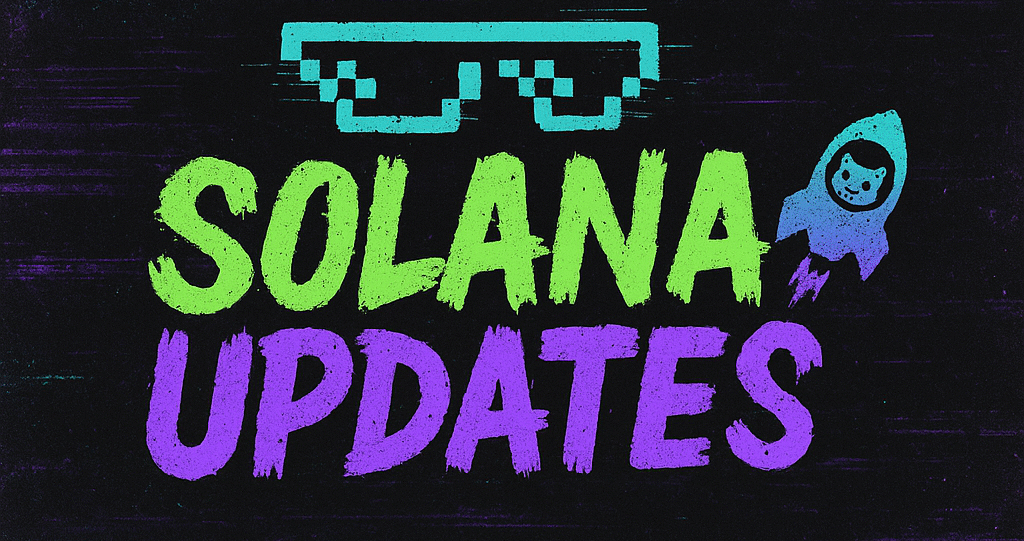US Representative Aims to Transform Trump’s 401(k) Crypto Order into Law
In a bold move that could significantly impact the landscape of retirement investment in the United States, a US representative has introduced a bill to officially codify an executive order from former President Donald Trump. This executive order, initially signed during Trump’s tenure, allowed retirement plans to include ‘alternative assets’ such as cryptocurrencies. If successful, this legislative effort could open new avenues for American workers to diversify their retirement portfolios.
A Step Towards Financial Innovation
The executive order, originally signed by President Trump, was a groundbreaking decision that permitted 401(k) plans to include a wider range of investment options beyond traditional stocks and bonds. By including assets like cryptocurrencies, the order aimed to provide more choices and flexibility to American workers planning for their retirement. The new bill seeks to enshrine this order into law, ensuring its permanence regardless of future executive changes.
The Advocate Behind the Bill
Leading this legislative push is a forward-thinking US representative who has been vocal about the need for innovation in financial planning. The representative argues that as digital assets continue to grow in popularity and utility, it’s crucial for the retirement savings system to evolve accordingly. By codifying the executive order, the representative hopes to foster an environment of financial inclusivity and adaptability, aligning with the rapid evolution of the global economy.
Implications for Retirement Savers
The potential law could have far-reaching implications for retirement savers across the United States. Including cryptocurrencies and other alternative assets in 401(k) plans could offer both risks and rewards. On one hand, investors may benefit from the high growth potential of digital assets. On the other hand, the volatility and regulatory uncertainties surrounding cryptocurrencies could pose significant risks. Financial advisors and retirement plan sponsors will need to provide thorough guidance to help investors navigate these complexities.
Challenges and Considerations
While the bill presents exciting opportunities, it also faces several challenges. Regulatory concerns, market volatility, and the need for investor education are significant hurdles that must be addressed. Additionally, convincing lawmakers who are skeptical of cryptocurrencies’ legitimacy and stability will be crucial for the bill’s success. The representative has expressed confidence in addressing these issues through comprehensive legislative frameworks and robust investor protection measures.
The Future of Retirement Planning
As digital currencies become more integrated into mainstream financial systems, the ability to include them in retirement savings plans could redefine how individuals approach retirement planning. This legislative effort, if successful, will mark a significant step towards integrating modern financial instruments into traditional retirement frameworks. It underscores a broader trend of embracing technological advancements to enhance financial security and prosperity for future generations.
In conclusion, the initiative to codify the executive order into law reflects a growing recognition of cryptocurrencies as a legitimate investment class. As the bill progresses through legislative channels, its outcome will be closely watched by investors, financial experts, and policymakers alike, setting the stage for potential transformative changes in the retirement savings landscape.
🛒 Recommended Product: Check out top-rated crypto gear on Amazon


